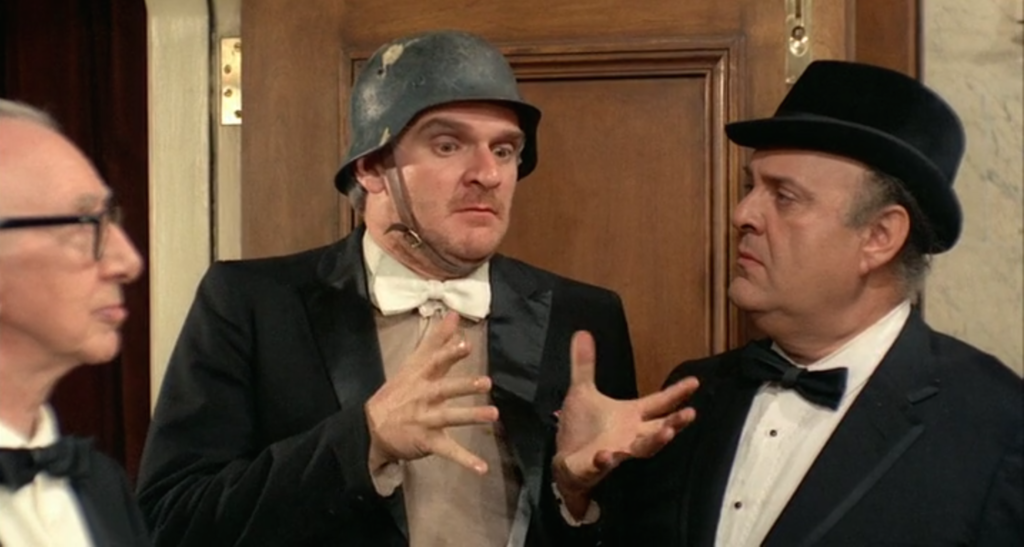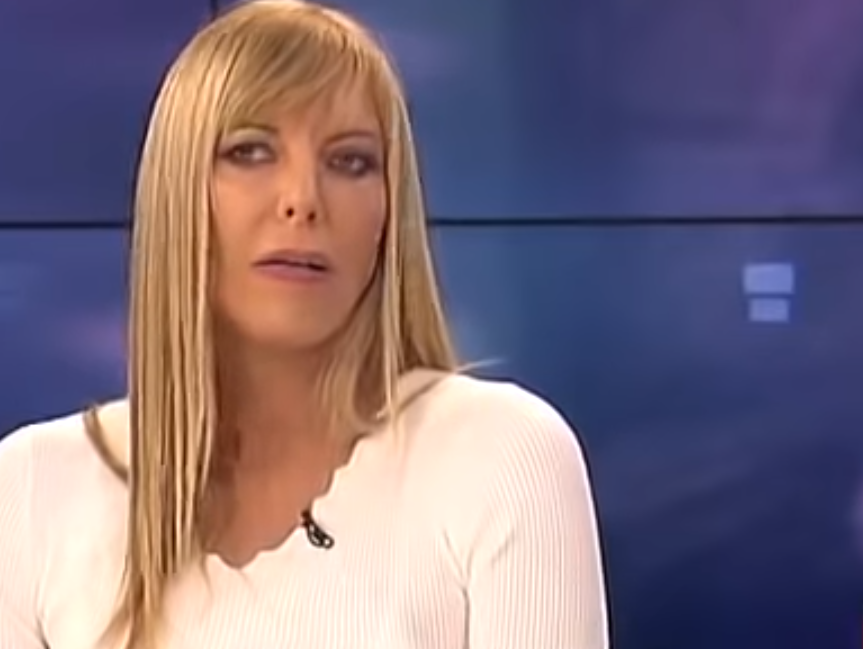“I like the people I work with, generally, with four exceptions. But someone committed a crime, and I did not become a Lackawanna County volunteer sheriff’s deputy to make friends. And by the way, I haven’t.”
— Dwight Schrute, The Office
This morning I concluded the launch weekend of my new aromatherapy book.
Spoiler alert: everything went according to plan.
I sent out a lot of emails.
I sold quite a few books — in fact, more than I had anticipated.
And I also got some unsubscribes.
It’s this last bit that I want to talk about.
Before I started this promotional launch (which spanned 4 days and involved 9 promo emails), I sent out an “email avalanche warning” to my subscribers.
I told them what the email forecast was for the weekend, and I also told them that, in case they don’t want to hear me pitching my book, they have two options:
1. They can ignore my emails until next week
2. They can unsubscribe
And sure enough, a few people (though not very many) did unsubscribe at that point.
However, once the email launch actually kicked off last Thursday, more people unsubscribed, including a few who had been faithful readers of my blog and email newsletter for several years.
And my reaction, without any bitterness or sarcasm, was Schrute-like. (In case you don’t know, Dwight Schrute is the jackhammering, hard-working, merciless alpha male assistant to the regional manager from the TV show The Office.)
You see, with a few exceptions, I generally like the people who are subscribed to my email newsletter.
But I’m selling a book and trying to make a solid business out of my Unusual Health website.
And I did not become a low-level aromatherapy expert to make friends.
In other words, when people who would never buy anything from me unsubscribe from my emails, I actually feel glad to see them go.
Anyways, if you want more details about my ebook launch strategy, including the reasoning behind the emails I sent and the schedule I used, you’ll want to get a copy of my upcoming book on email marketing for the health space.
Fact: It’s not out yet, but you can get a free copy when I do finish it.
Here’s where you can find out more:



